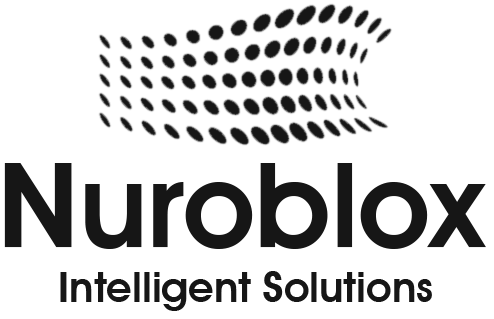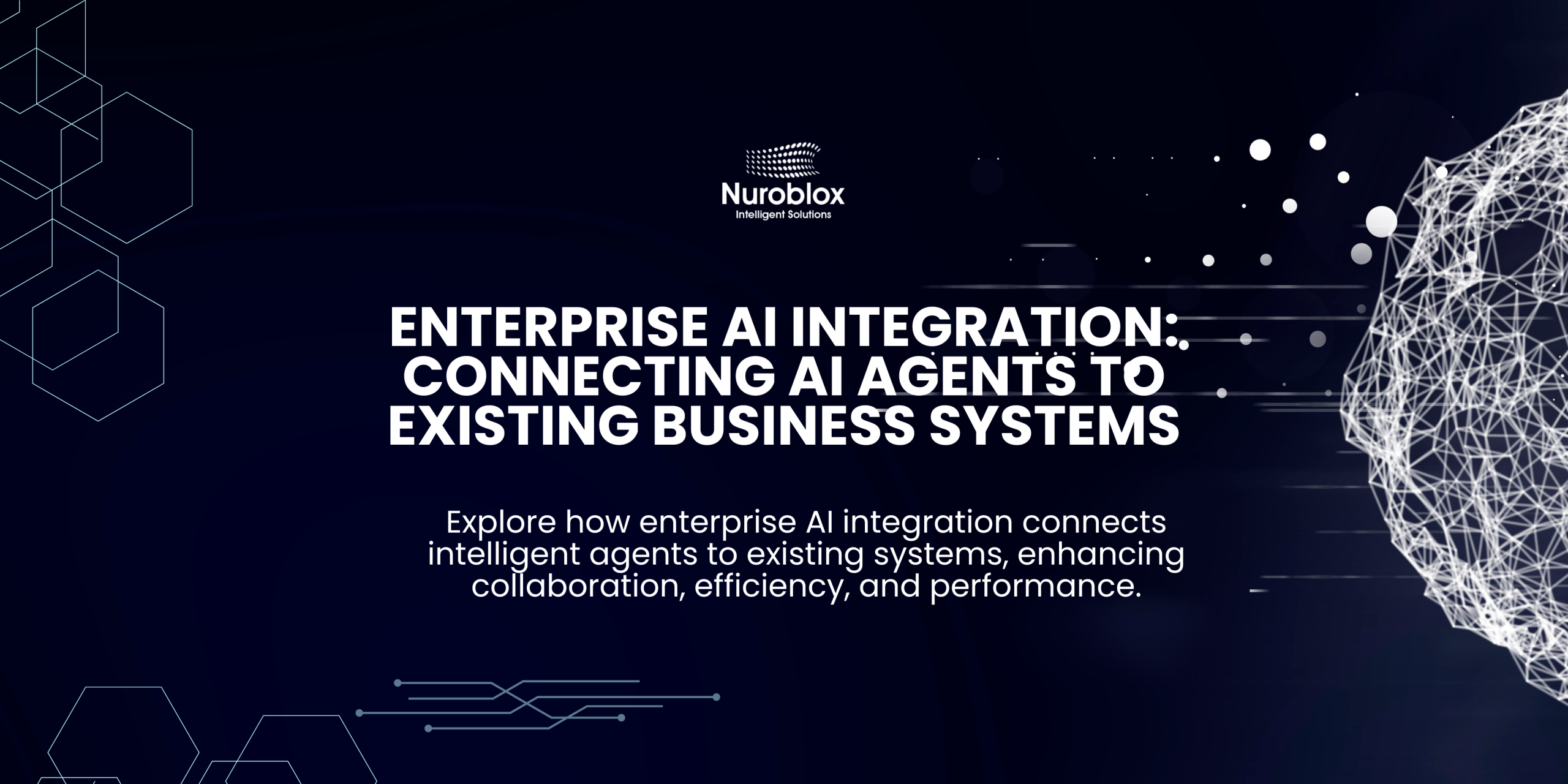Enterprise AI Integration: Connecting AI Agents to Existing Business Systems
Enterprise AI integration has evolved from experimental implementations to mission-critical infrastructure, with 96% of organizations reporting AI integrated into core business processes and 54% achieving significant integration depth. Organizations investing in AI integration realize an average ROI of 3.7x, with top performers reaching 10.3x returns through mature integration capabilities.
AI Integration Adoption Reaches Mainstream
Enterprise AI adoption has reached 87% among organizations with 10,000+ employees, representing 23% growth since 2023. The agentic AI market, valued at $5.1 billion in 2024, is projected to exceed $47 billion within the next few years, growing at 44% annually. Gartner predicts that by 2028, 33% of enterprise software applications will embed agentic AI capabilities, compared to virtually none in 2023.
Generative AI adoption increased from 33% in 2023 to 71% in 2024, with 78% of organizations using AI across business functions. However, only 31% of AI use cases reached full production in 2025, doubling from the previous year but highlighting persistent implementation challenges. Enterprise organizations allocate average annual AI spending of $6.5 million, with $2.4 million dedicated to AI software and platforms.
Technical Integration Architecture
API-Driven Integration Methods
Modern enterprise systems increasingly expose APIs that enable AI agents to read, write, and update data while triggering automated workflows. API-driven architectures facilitate real-time data exchange between AI agents and business systems including ERP, CRM, and HR platforms. This standardized approach enables plug-and-play architecture for scalable integration without requiring extensive custom development.
Middleware and iPaaS Solutions
Integration Platforms as a Service (iPaaS) like MuleSoft, Boomi, and Workato orchestrate data flow between on-premise legacy systems and cloud-based applications. Middleware acts as a centralized layer facilitating communication and data exchange across disparate systems without requiring direct connections. Organizations working with integration partners achieve 42% faster time-to-value and 30% higher operational efficiency gains compared to internal management.
Retrieval-Augmented Generation
Enterprise AI systems implement Retrieval-Augmented Generation (RAG) to ground AI responses in organizational data by combining LLMs with real-time retrieval from ERP databases and knowledge graphs. SAP’s Knowledge Graph links customers, invoices, and supply chain data enabling AI agents to reason across relationships, while Oracle employs secure RAG pipelines ensuring accuracy without exposing sensitive information.
Critical Integration Challenges
Legacy System Compatibility
Many enterprises rely on outdated infrastructure lacking APIs, computational power, or flexibility required for AI workloads. Integrating AI with legacy systems leads to performance bottlenecks, inconsistent data flow, or complete system failure, requiring expensive middleware solutions that increase implementation time and cost. Only 29% of applications are integrated despite enterprises averaging 897 applications, creating significant operational inefficiencies.
Data Fragmentation and Silos
AI models require large volumes of unified, high-quality data, yet organizational data remains scattered across departments and platforms with no standardization. Data silos prevent AI systems from accessing complete datasets for training and inference, resulting in skewed insights and inaccurate predictions. 62% of organizations report data systems not configured for AI leverage, while 95% of IT leaders cite integration issues as the primary AI adoption barrier.
Security and Governance Gaps
73% of organizations experienced at least one AI-related security incident in 2024, with many stemming from governance failures rather than technical vulnerabilities. The separation between security teams focused on threat prevention and governance teams managing compliance creates dangerous blind spots in enterprise risk management. Regulatory fines for AI governance failures reached $2.3 billion globally in 2024.

Discovery and Requirements Phase
Gartner research indicates 85% of AI projects fail due to unclear objectives and poor project management, emphasizing the necessity of concrete success metrics before implementation. Organizations must conduct comprehensive stakeholder workshops defining specific business problems, measurable outcomes, and alignment with existing workflows. This discovery phase establishes clear accountability structures and governance policies essential for risk-based AI deployment.
Data Engineering Foundation
Data preparation constitutes approximately 80% of AI implementation effort, as quality data directly determines model accuracy and prevents bias. Organizations must collect structured and unstructured data from internal and external sources, perform cleaning and standardization, and conduct exploratory data analysis to uncover patterns and correlations. Robust data infrastructure requires encryption during storage and transmission, anonymization of sensitive information, and compliance with GDPR and HIPAA frameworks.
Integration Deployment Strategies
Low-code and no-code platforms enable business analysts to build AI-integrated workflows without extensive engineering resources, reducing IT dependency and accelerating innovation cycles. RPA augmentation with AI agents introduces reasoning and contextual awareness into rule-based automation, transforming rigid scripts into dynamic workflows capable of handling exceptions. Native AI extensions within platforms like Salesforce Einstein and Microsoft Dynamics 365 Copilot provide seamless in-system capabilities.
Measurable Business Impact
ROI and Profitability Gains
PwC’s AI Business Value Report projects AI integration can increase profitability by 38% by 2030, contributing an estimated $15.7 trillion to the global economy. Organizations investing deeply in AI see sales ROI improve by 10-20% on average, with AI-powered CRM systems achieving 30% ROI versus 20% for traditional systems. More than 53% of professional organizations report measurable ROI from AI implementations, with 52% achieving significant success in realizing value.
Operational Efficiency Improvements
AI-powered data integration delivers 15-20% faster growth in integration spending compared to overall IT budgets, reflecting recognition of integration as foundational to digital transformation. Organizations with integrated AI security and governance approaches report 45% fewer compliance violations and 60% faster incident resolution times. By 2028, Gartner forecasts that 15% of daily work decisions will be made autonomously by agentic AI, up from virtually zero today.
Industry-Specific Applications
Supply chain workflow automation achieves up to 90% error reduction through AI integration with inventory management and predictive maintenance systems. Banking institutions implement automated customer onboarding and KYC verification, while healthcare organizations leverage AI for patient data analysis and treatment optimization. Manufacturing sectors deploy predictive maintenance with IoT and AI analytics, reducing downtime and extending equipment lifecycles.
Strategic Governance Framework
NIST AI Risk Management Framework
The NIST AI RMF provides structured governance across four domains – organizational policies and accountability (Govern), risk identification and categorization (Map), metrics and monitoring implementation (Measure), and control deployment and response procedures (Manage). This framework aligns security controls with regulatory requirements while enabling continuous risk visibility across AI model lifecycles.
ISO 42001 Standards
ISO 42001 offers systematic AI governance integrating risk-based thinking with security threat modeling, continuous improvement processes, stakeholder engagement across technical teams, and documentation requirements supporting audit and compliance. Organizations implementing comprehensive frameworks report improved alignment between security and governance teams with automated compliance capabilities enabling continuous monitoring.
Continuous Monitoring Requirements
AI models degrade over time due to data drift, changing business environments, and evolving customer behavior, requiring continuous monitoring, retraining, and performance tuning. Modern AI Security Posture Management platforms enable real-time alignment of security controls with governance policies, preventing the accuracy loss and stakeholder distrust resulting from neglected model maintenance.
Future Integration Trajectory
Investment in AI infrastructure reached $47.4 billion in H1 2024, up 97% year-over-year, with data integration being a critical component of AI success. By 2026, Gartner predicts 30% of enterprises will automate over 50% of network activities, increasing dramatically from under 10% in mid-2023. The convergence of AI and integration budgets creates combined investment pools exceeding traditional IT categories, with 50% of enterprises expected to deploy AI orchestration platforms by 2025.
Data integration market growth from $15.24 billion in 2024 to a projected $47.60 billion by 2034 reflects accelerating demand for unified data architectures supporting AI workloads. Organizations recognizing integration as strategic infrastructure rather than technical overhead position themselves to capitalize on AI’s transformative potential across operations, customer experience, and competitive differentiation.


